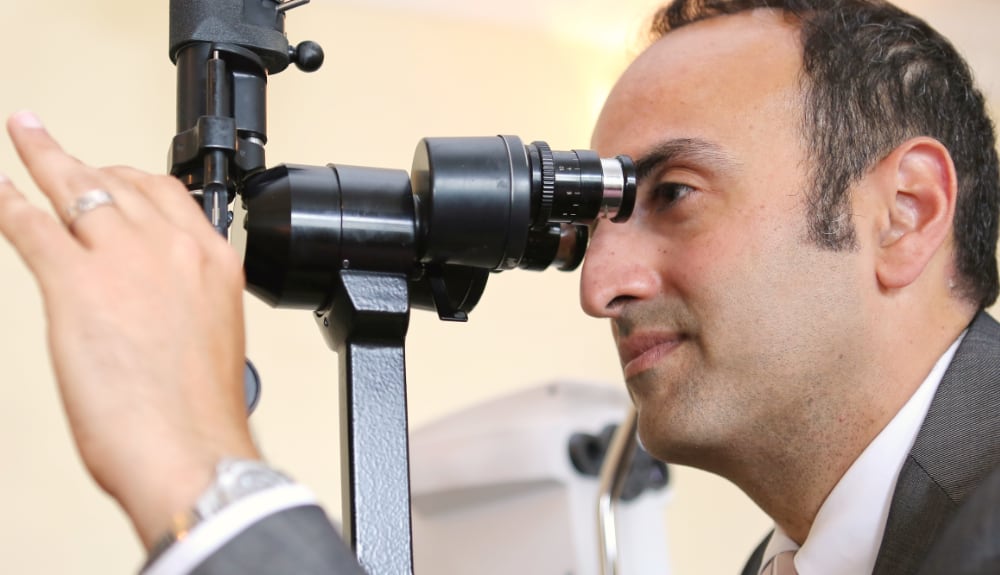What is a cataract?
A cataract is formed when the clear lens inside your eye becomes cloudy and as a result the quality and clarity of the image formed on your retina becomes affected.
Cataracts grow slowly and early stages may not cause any symptoms but as the cataract advances the patient can develop symptoms of blurry and misty vision. Other symptoms include fading colours, halos around lights, double vision, frequent changes in your glass’s prescription, sensitivity to bright lights and needing more light to read and perform other tasks. This list is not exhaustive.
While cataracts in themselves are not dangerous, the side effects of having untreated cataracts can be very debilitating. If your eyesight is diminished by your cataracts many everyday activities will no longer be manageable, such as reading, driving, watching TV and cooking, you would also need assistance with tasks like shopping, doctor appointments, visiting friends etc.
Cataracts are most commonly found as we get older, mainly due to aging proteins in the crystalline lens which breaks down and becomes yellow over time. The initial stage of cataracts may be managed conservatively if you don’t have any symptoms but as symptoms develop ultimately surgery may be required.
If you think you may have a cataract or feel your vision is diminishing it is vital to get regular eyesight tests, particularly if you drive. The importance of ‘driving standard vision’ cannot be overstated, so it’s important that you’re monitoring your vision for any changes. To meet the minimum legal requirements, you must be able to read a number plate from 20 metres away. This is approximately the length of five cars, so it’s easy for you to check this for yourself. You also need to have an “adequate field of vision” which should be uninterrupted horizontal visual fields of 160 degrees with an extension of at least 70 degrees left and right and 30 degrees up and down.
There are several types of cataracts:
Age-related cataract
This is the most common type of cataract. Age-related cataracts may be more likely to form if you:
Smoke cigarettes.
Use alcohol heavily.
Are diabetic.
Or have a family history of cataracts.
Have had certain eye surgeries, like glaucoma surgery.
Take steroids over a long period of time.
Traumatic cataract
Serious eye injuries can damage your lens and cause a cataract. The cataract could form quickly after the injury — or it could form many years later.
Radiation cataract
This includes ultraviolet (UV) rays from the sun and radiation treatment for cancer.
Paediatric cataract
Cataracts in children are rare, and are usually genetic, children can be born with cataracts (congenital cataracts). They can happen due to complications during pregnancy or because of illnesses in childhood.
Secondary cataract
After cataract surgery, some people may develop a condition called secondary cataract. This condition is also called after-cataract or posterior capsule opacification. Secondary cataract is common, but it’s easy to fix with laser treatment.
Help
If you think you may have a cataract and would like more information about cataract surgery, and your treatment options, do get in touch here.
